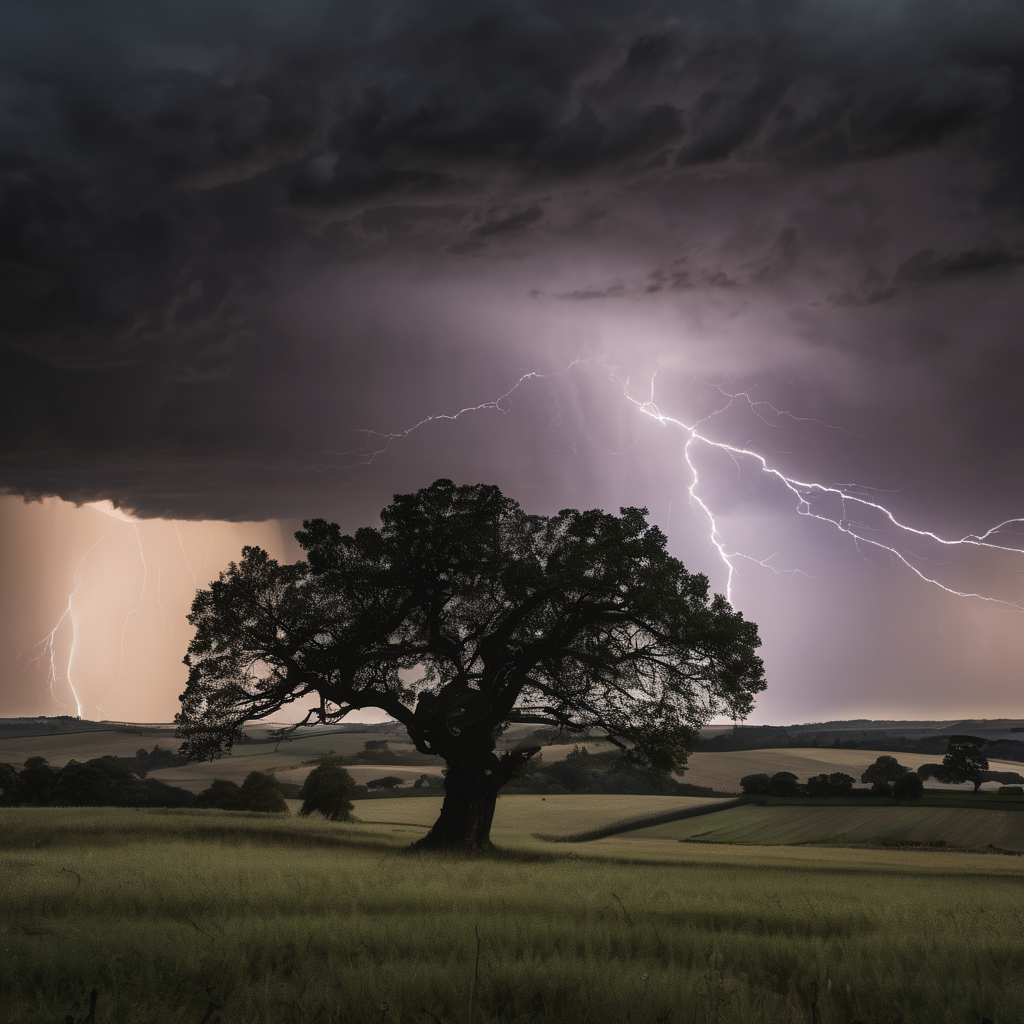Severe thunderstorms are expected to sweep across the South and Midwest as the weekend begins, bringing with them the potential for damaging winds, isolated tornadoes, and heavy rainfall. While fall has been relatively quiet in terms of severe weather thus far, these impending storms serve as a reminder that this season—and occasionally the winter months—can still generate severe weather similar to the springtime.
Areas most at risk for severe storms include Northeast Texas, eastern Oklahoma, northern Louisiana, and parts of Arkansas and the lower to mid-Mississippi valleys. The storms are anticipated to develop Saturday afternoon and could continue into the evening, warranting caution for residents in urban centers such as Little Rock, Arkansas; Memphis, Tennessee; Shreveport, Louisiana; and Paducah, Kentucky.
The foremost concern is strong winds, which have the potential to knock out power and cause significant damage to trees and property. Additionally, atmospheric conditions are favorable for rapid tornado development, which can occur with little warning. Some storms may also produce large hail ranging from the size of quarters to golf balls.
The region stands to benefit from the heavy rain, despite the potential for flash flooding, as many areas are grappling with moderate to severe drought conditions. The lower and mid-Mississippi valleys, along with the Ozarks in southern Missouri and northeast Arkansas, have seen dry weather, making the anticipated rainfall particularly beneficial.
The unusual warmth gripping the Gulf is intensifying the threat of severe weather. Typically, fall is associated with cooler temperatures, but an influx of warm air is descending upon the central U.S., leading to high temperatures that might reach 10 to 20 degrees above normal across the region. Notably, Columbus, Ohio, may approach a daily record high of 83 degrees, while San Antonio, Texas, could challenge a record of 93 degrees.
As the fall and winter months progress, storm systems are expected to become more dynamic due to the strengthening of the jet stream, positioning itself further south. The combination of warm, humid air from the Gulf interacting with cold fronts can lead to severe thunderstorms across the South and the lower Midwest. It’s worth noting that severe storms during this time may carry a greater risk, particularly as diminished daylight allows for dangerous weather conditions to persist into the night. Research indicates that nighttime tornadoes tend to be more lethal than those that occur during the day.
Looking ahead, while colder weather is set to arrive in the coming weeks, it is clear that severe storms will still pose a risk at various times throughout the year. It is crucial for residents to remain vigilant and prepared for severe weather, regardless of the season.
